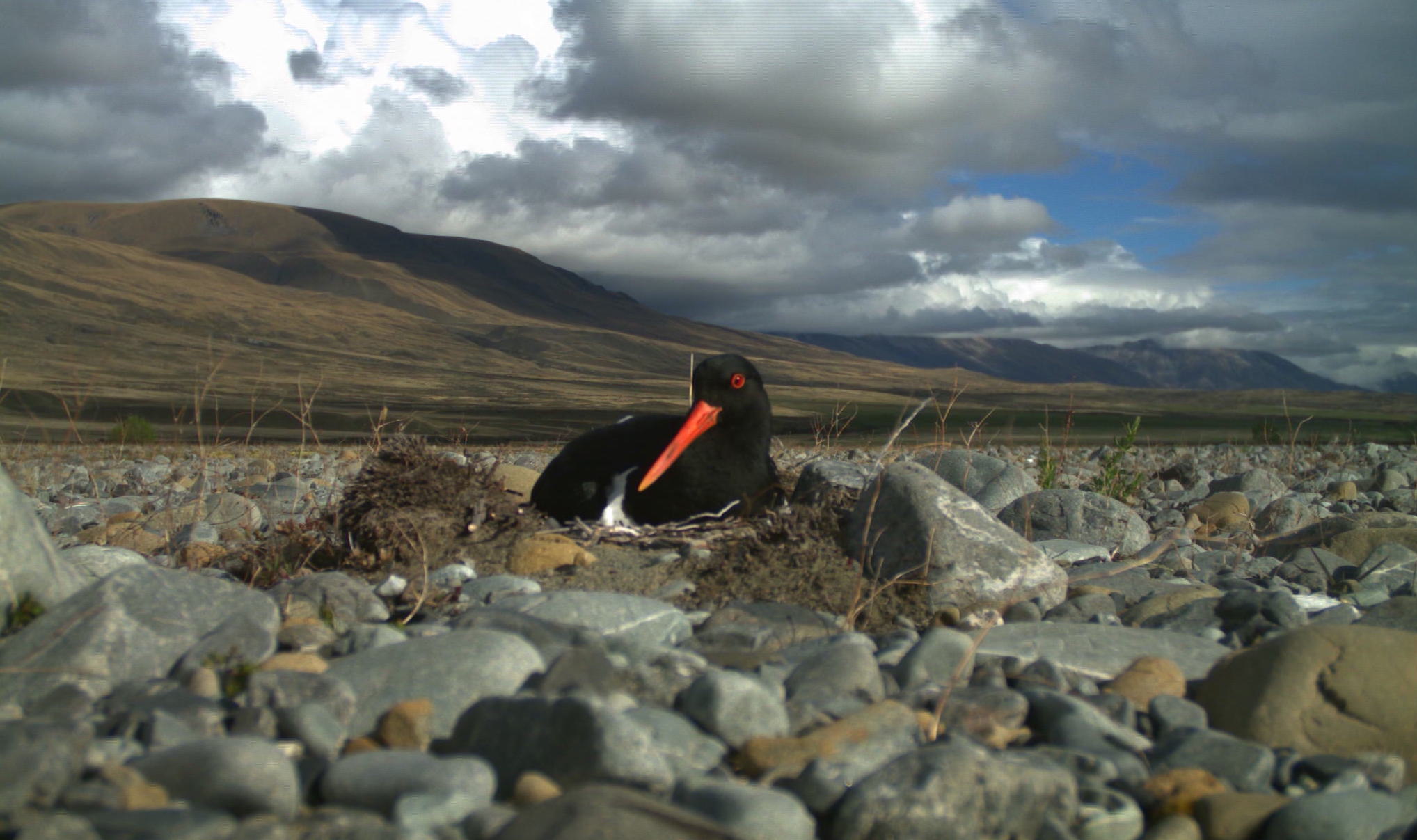New article on the ethics of modifying animal behaviours for conservation
This post was coauthored with Catherine Price and Daniel Blumstein in the lead up to the publication of our article in Trends in Ecology and Evolution. The post was originally published on the website of the Sydney Environment Institute.
—
A visitor to the Mackenzie Basin on the South Island of Aotearoa-New Zealand in September 2016, might have seen a strange sight. A group of scientists moving around the rocky landscape dolloping blobs of Vaseline as they went. The motivation behind this act was at once practical and experimental. The Vaseline had been infused with the scent of birds. Based on prior work on a smaller scale in Australia, these scientists—who included one of us, Catherine Price—hoped that by distributing this scent around the environment, they might effectively condition the local feral cats, rats, hedgehogs, and ferrets to ignore the tasty eggs of the local ground-nesting birds. This program of ‘olfactory camouflage’ effectively teaches these predators to ignore this scent cue as an unreliable indicator of food. A couple of weeks later, when the ground nesting birds arrive to lay their eggs, the predators have given up on searching them out and they leave them alone, at least for the most part. In the long run, this general approach might offer an alternative means of conserving nesting birds, and many other plants and animals, an approach that would not require people to shoot, trap, poison, or otherwise kill their predators.
All over the world, similar projects are emerging under the umbrella of ‘Conservation Behaviour’, a field in which the science of animal behaviour is being put to work to achieve conservation outcomes. This is a broad field that includes efforts to understand and quantify anthropogenic impacts on animal behaviour, as well as efforts to use animal behaviour as an indicator of environmental change or population viability or health. But in addition to these efforts to better understand environmental change, the field also includes a range of new possibilities to intervene in those changes. In particular, some scientists, like those discussed above, are also seeking to develop tools for ‘behaviour-based management.’
These behaviour-based approaches have become increasingly widespread over the past decade in particular, as scientists have worked with both captive and free-living animals to teach them to avoid potential predators or to stop eating endangered prey, but also to avoid other risks or to exploit new resources or habitat.
As we continue into this period of incredible environmental transformation—which many people are now calling the Anthropocene—the flexibility and adaptability of animal behaviour might allow species to endure in rapidly changing environments. In some cases, animals are figuring out how to do this for themselves (with a variety of more and less palatable outcomes for local human communities), but for other animals it might be possible for scientists to take advantage of this potential and try to steer them towards alternative behaviours. In many cases, like the one mentioned above, doing so seems to offer the promise that more traditional forms of ‘lethal control’ used to achieve conservation goals or to reduce human/wildlife conflicts, might be replaced or reduced. In short, rather than killing ‘problematic’ animals, it might be possible to instead alter their ‘problematic’ behaviours.
In November 2022, we hosted a workshop at the Sydney Environment Institute to explore the ethical questions raised by the emerging field of Conservation Behaviour, with a particular focus on behaviour-based management. The workshop was developed and convened by us, Associate Professor Thom van Dooren (SEI and School of Humanities), Dr Catherine Price (School of Life and Environmental Sciences), and Professor Daniel Blumstein (Ecology and Evolutionary Biology, UCLA). In line with the strong multidisciplinary mandate of SEI, the workshop brought together 17 conservation behaviour scientists, philosophers, and other scholars working on the ethical dimensions of conservation and animal research. The scholars ranged from professors to PhD students and were primarily from Australia, with a few key colleagues Zooming in from overseas for sections of the event.
In a far ranging conversation over two days, we explored topics that included the potential forms of distress and perhaps even trauma that might accompany the use of ‘aversive stimuli’ (like unpleasant sounds and painful experiences) that are sometimes used to condition animals to avoid particular places or resources; the broad and often unequal impacts on local communities who are at the coalface of conservation and wildlife management programs, and so can bear much of the risk of experimental efforts to modify animal behaviour (for example, programs that use hazing to keep lions away from human communities); and the unintended or unacknowledged ‘non-target’ animals who might be caught up in these behaviour-based management interventions, and the difficulty of determining who they will be in advance. We also considered a range of more conceptual questions, for example, about how and why animal behaviour is valued, and whether we ought to place a value of the ‘behavioural autonomy’ of animals and their species and so seek to intervene as little as possible in their ways of life, and whether ‘behavioural diversity’ is itself something that should be valued, and if so, how and why?
Building on the conversations at this workshop, we drafted the first overview article exploring the ethical considerations of Conservation Behaviour, now published in Trends in Ecology and Evolution. That article includes a framework to help stakeholders discuss ethical questions and conflicting values, and a decision support tool to compare and contrast the ethical dimensions of all types of conservation interventions when a behaviour-based management approach is being considered.
—
This workshop was funded by the Sydney Environment Institute and the Research Portfolio (SOAR Prize).
Header image: A nesting south island oystercatcher in Aotearoa-New Zealand, one of the species being aided by conservation behaviour research that uses ‘olfactory camouflage’ to hide their eggs from mammalian predators. Photo courtesy of Manaaki Whenua – Landcare.
